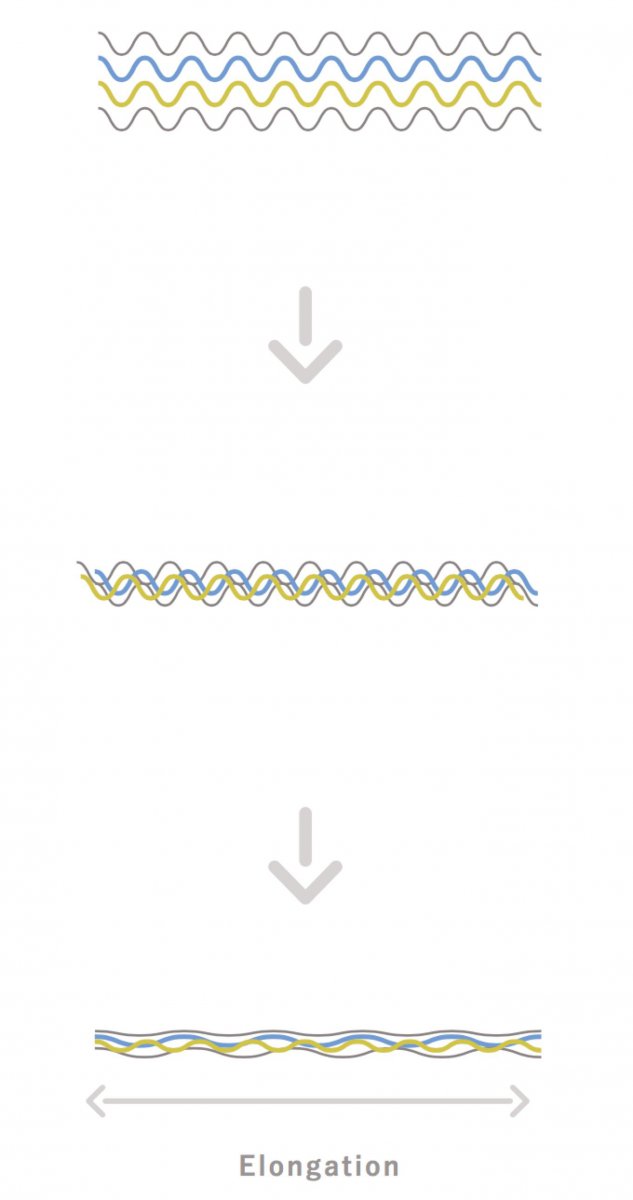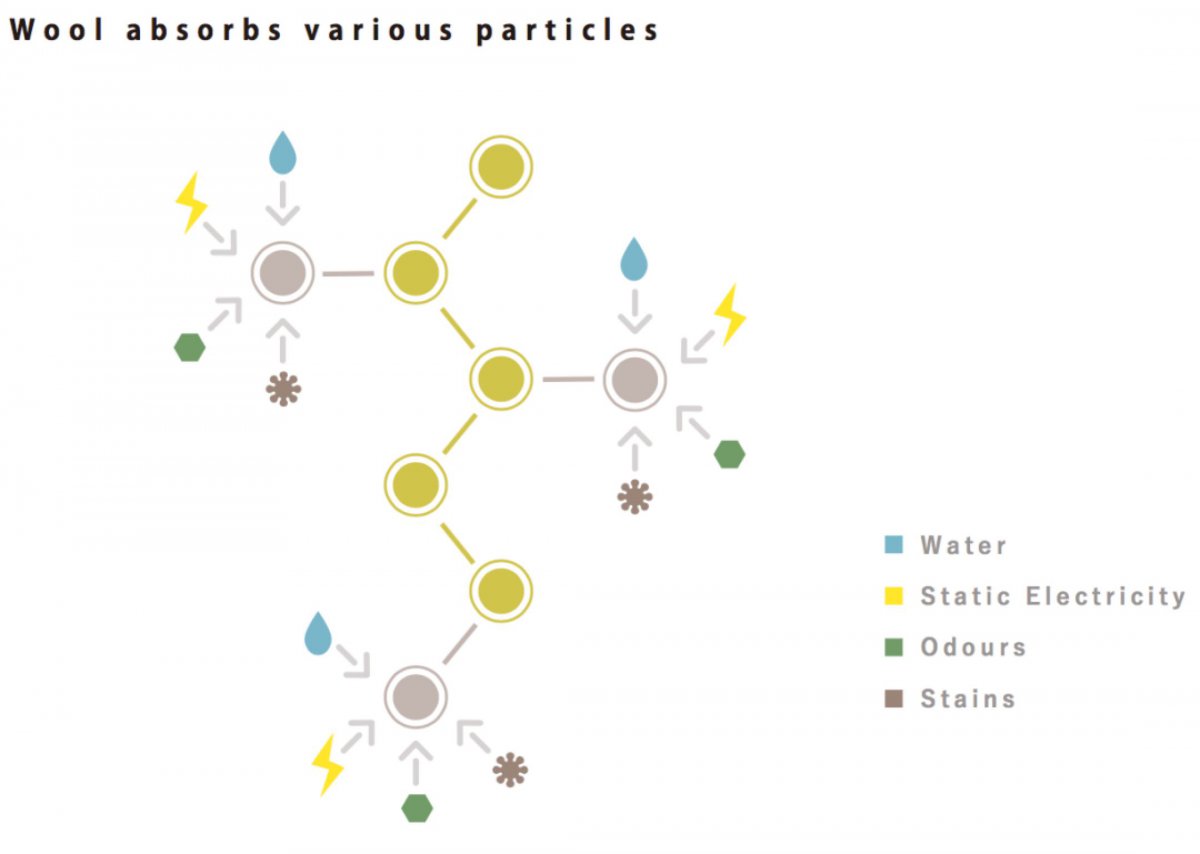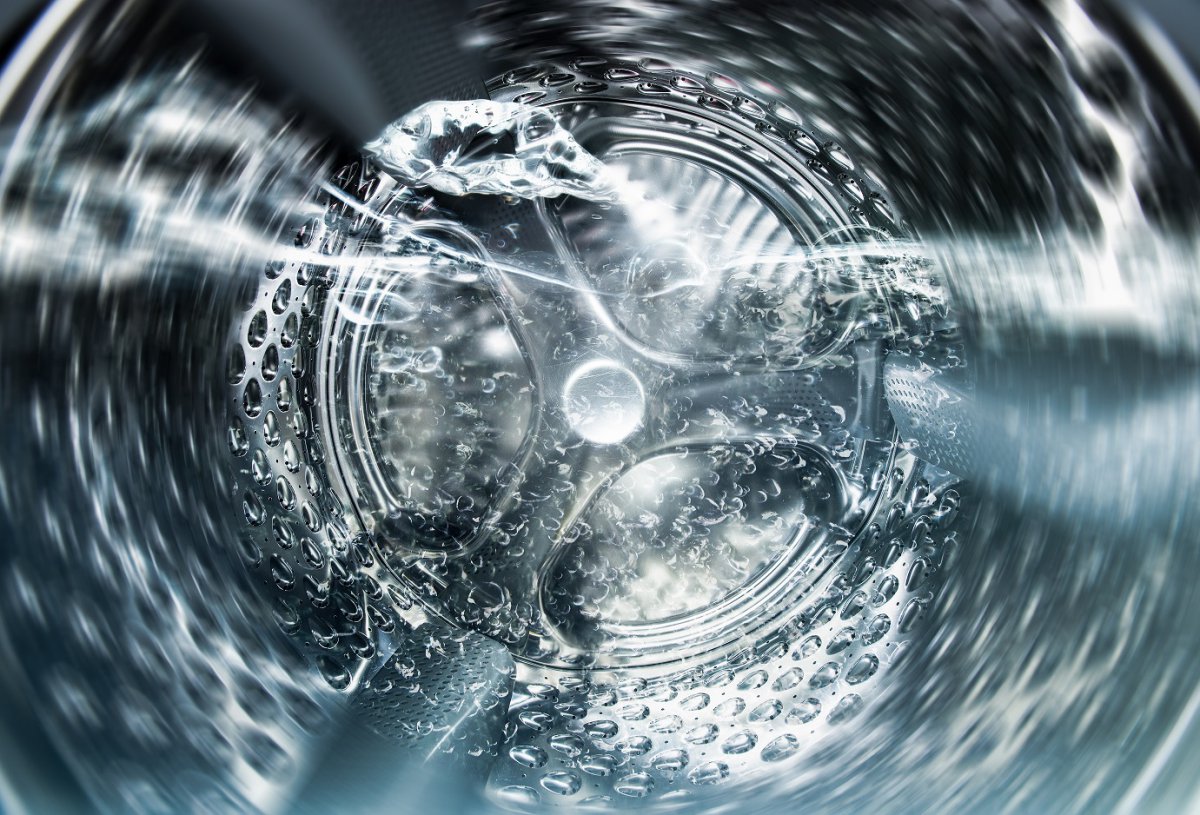
Merino wool as a natural fibre, which is made of a simple mix of fresh air, grasses, sunshine, and water, is a perfect Life Fibre. Unlike other synthetic fibres, sheep are shorn with clippers to produce merino wool. Shearing is performed 6 or 7 times during a life cycle of sheep. They become nutrients to the pasture after finishing their lives, and newly born lambs will graze the grasses and produce new merino wool. This sustainable cycle lasts forever. Merino wool's excellent functionality is proven adapting to the harsh natural environment of Australia and New Zealand where Merino sheep accommodate themselves to the climate ranging from 35 degrees in summer to -20 degrees in winter.
BENEFITS OF MERINO WOOL
SOFTNESS
Wool is a natural fibre, there are a variety of fineness. Thick fibres exceeding 30 microns (the diameter of human hair for instance is about 100 microns) can be included in raw materials, and it becomes the cause of itchiness. The raw material we use is 18.5 micron extra fine merino wool of Australian origin. It is carefully selected based on the statistical value of CVD from the raw material stage and is much less itchy and soft by minimizing the mix of thicker fibres as much as possible.


MOISTURE MANAGEMENT
Merino wool has an ability to absorb and release moisture. The outer layer of wool fibre is called scales which have hydrophobic attributes while the inner structure of the fibre is hydrophilic. Moisture exists in the form of vapour before forming sweats inside the clothes, and particles of water are firstly taken into fibres from small holes on the surface of the scales. When moisture is absorbed, the inside of merino fibre gets swollen and the scale opens like a pine cone and then it allows liquid to be taken in from the gap. Merino wool can take up the moisture as much as 30% of its own weight. The absorbed moisture is released automatically in line with outside humidity, and the micro climate inside clothes is comfortably controlled.
ELECTROSTATIC PROPERTY
Merino wool fibre contains a lot of moisture inside. As a result, merino wool garments generate less electrostatics in comparison with synthetic fibres which tend to develop much static electricity in winter.
TEMPERATURE REGULATION
Wool is sometimes called a 'natural air conditioner' because it feels warm in winter and cool in summer. The heat retention of clothes depends on how much air is kept in the fibres, as the air works as a thermal insulator to shut coldness or heats outside the clothes. Merino wool can contain a lot of air with its crimps. The crimp is the coil-like form of merino wool fibre.


NATURAL ELASTICITY
Comfortable elasticity is generated when merino fibre is spun into yarn with its crimps. This means not only the comfort is given to the wearer, but there is less chance of Merino wool garments losing their original shape.
STAIN RESISTANT
Merino wool processed with LIFE FIBRE EFT is less likely to be stained. Normally, stains begin to dissolve to liquid and tends to adheres to fibres. LIFE FIBRE EFT ™ allows scales to be maintained which are hydrophobic therefore prevent liquid from being absorbed so less likely to be stained compared with other fibres.
ODOUR RESISTANT
Bacteria, which cause odour, tend to breed in the form of liquid such as sweat. Unlike cotton and synthetic fibres, socks and underwear made from merino wool are less likely to give off an unpleasant odour even if worn for a long period of time, as the surface of merino fibre is always maintained dry.


LESS WASHING
FREQUENCY REQUIRED
We also need to consider environmental impacts such as the water usage and the energy consumption as well as the usage of chlorine. Especially, it is said that 2/3 of the clothing's environmental factor occur when washing. Merino wool garments can be defined more environmentally friendly, since they are less likely to be stained so less in need for frequent washing.
FLAME RETARDANT
Wool is naturally flame retardant, since it contains a lot of nitrogen and moisture in the fibres which makes its ignition point high. Contrary, cotton has a low ignition point, and synthetic fibres do not carbonize like wool do when catch fire. They melt and cause bridge effects so that not suitable to be worn near a bonfire in the campng sites. This is the reason why wool material is often used for inner wears for European firefighters.



